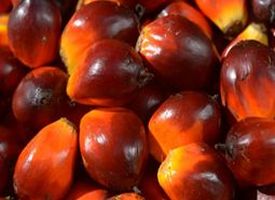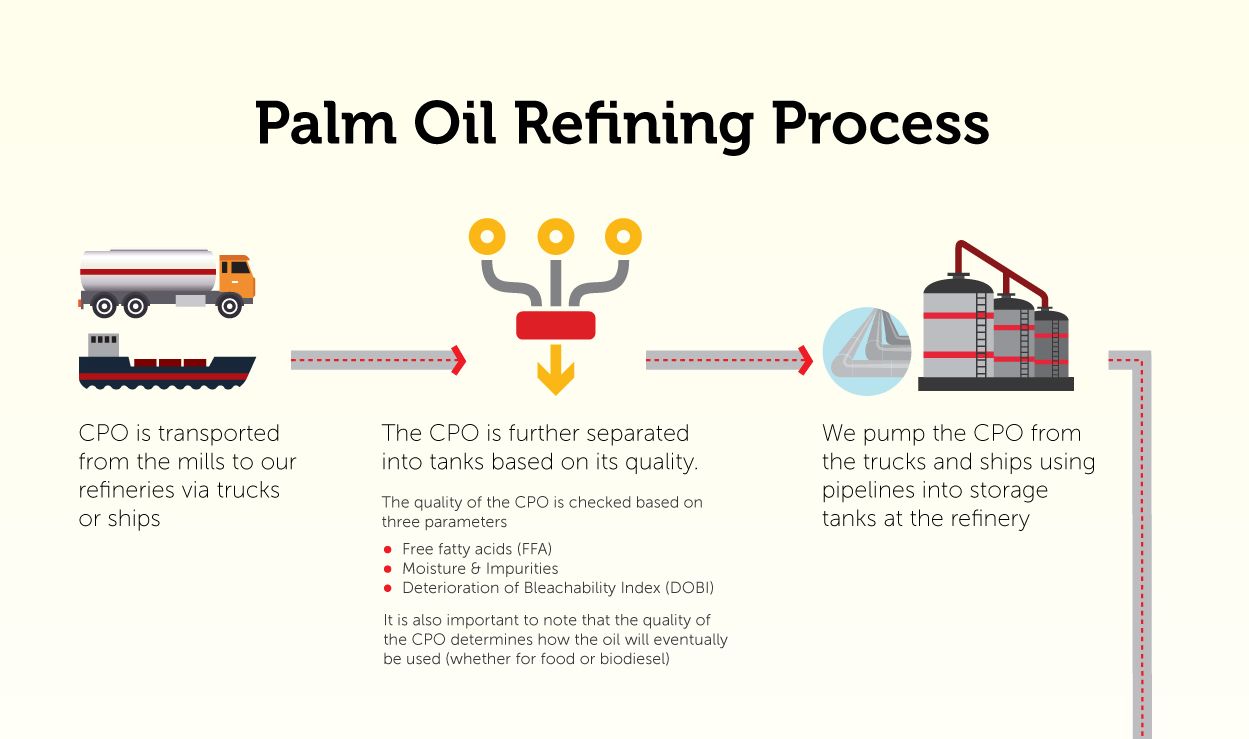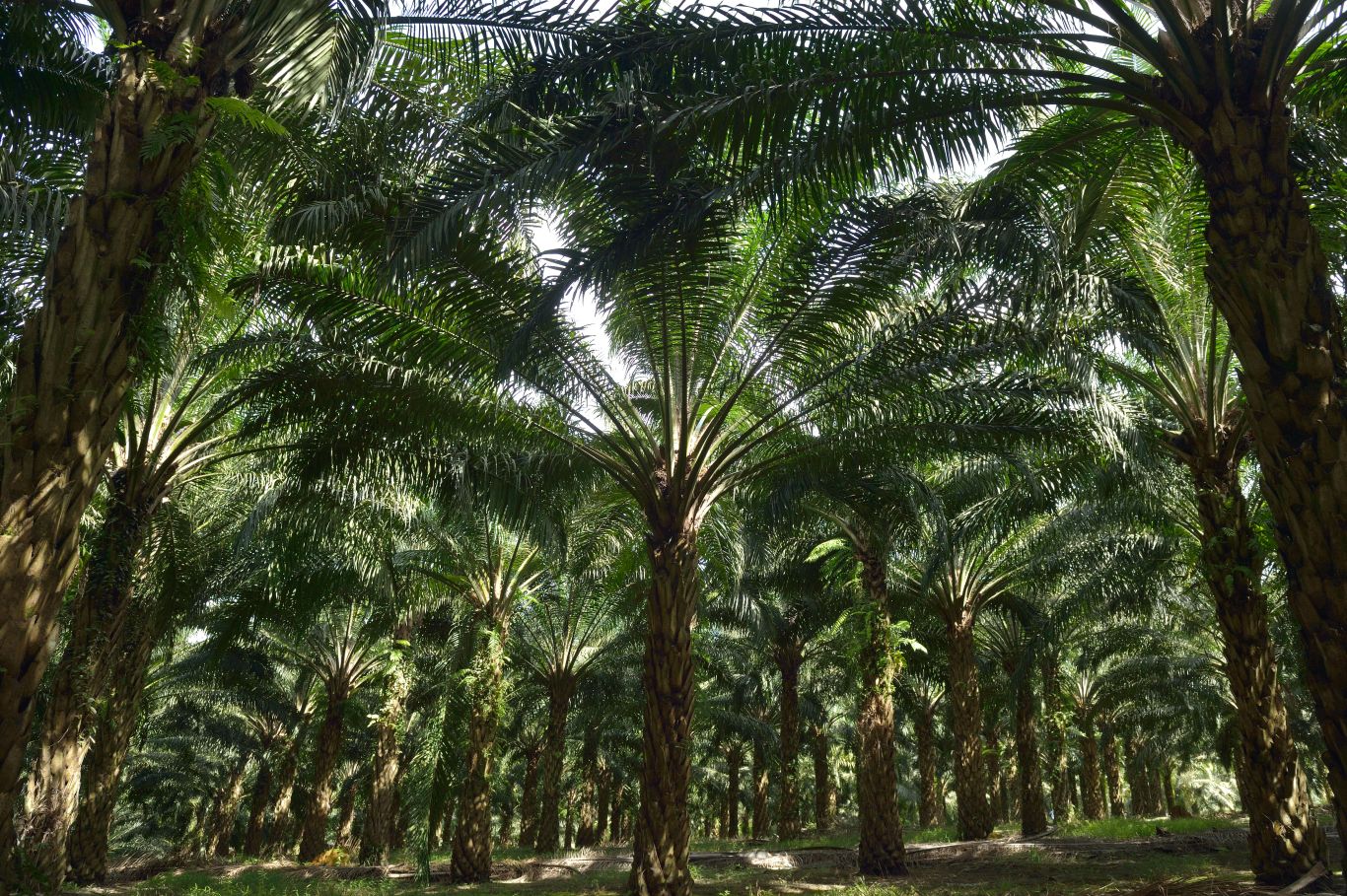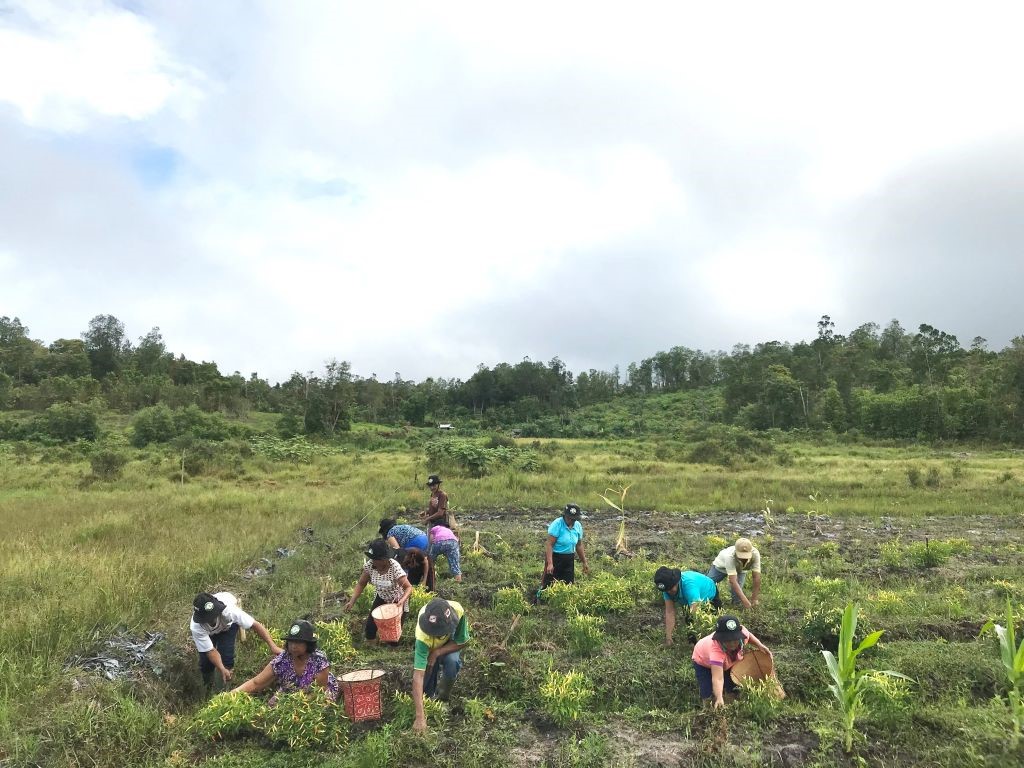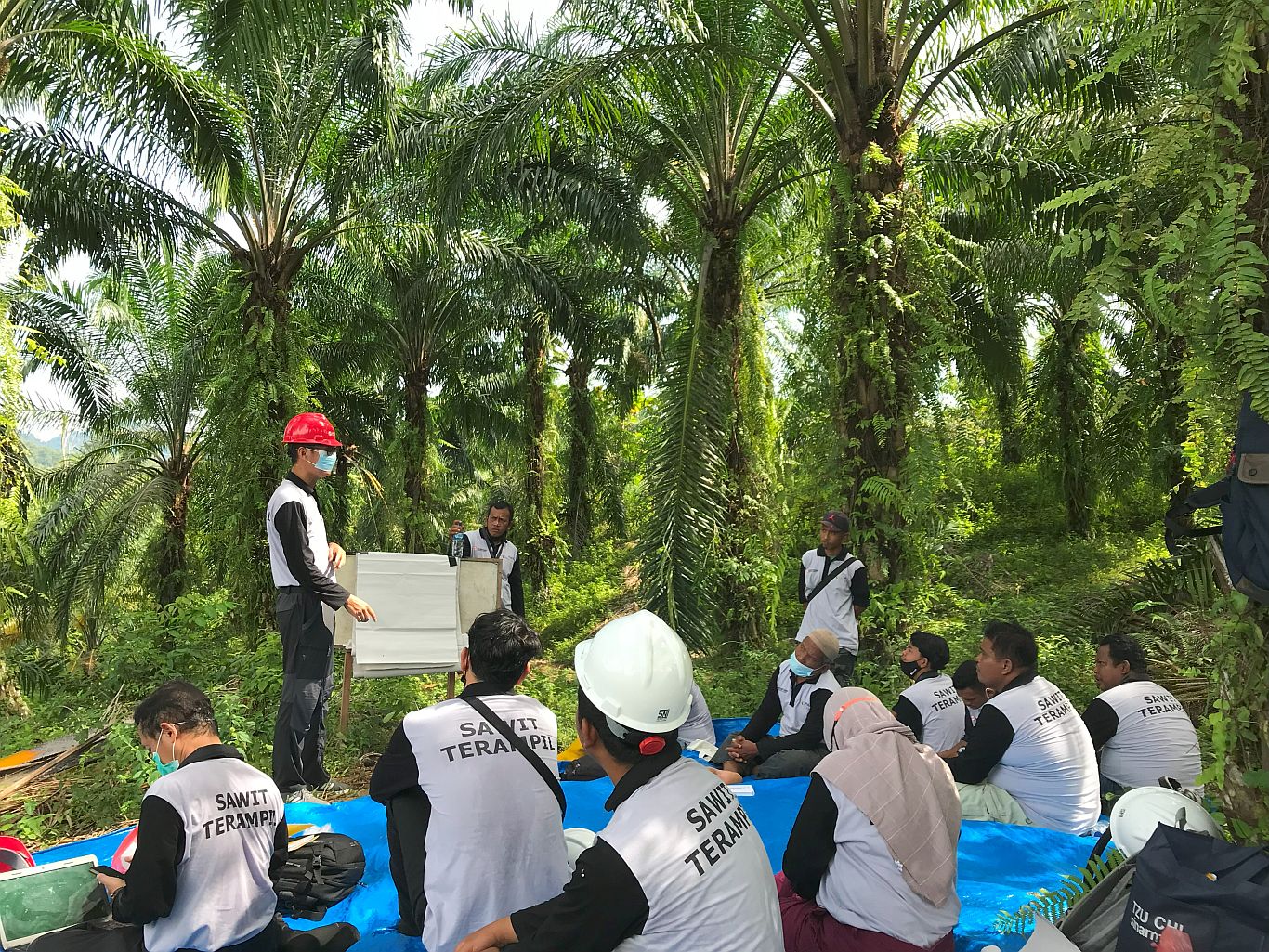
For the first time, the presidency of the United Nations Climate Change Conference, or COP, has made food a priority. The 134 signatories commit their countries to integrate food and agriculture into their climate strategies. It’s a conversation that is welcome and overdue, according to Anita Neville, chief sustainability and communications officer at Golden Agri-Resources. But truly prioritising food system transformation also involves more meaningful investment.
“We’re in a period of rapid and expansive regulation linked to sustainability — issues that have historically been addressed through voluntary systems are increasingly being addressed through regulatory systems,” Neville said. “That’s not necessarily a bad thing, as long as those changes are supported by investment.”
Unlike the European Union’s 2003 regulation to prevent illegal logging, which has seen over €1 billion of public funds allocated to support technical compliance, the more recent EU Deforestation Regulation hasn’t been backed with the investment needed to support impacted industries. As a result, many smallholders from the palm, coffee, and cocoa sectors, among others, who lack the infrastructure and resources to demonstrate their compliance, may soon find themselves excluded from these supply chains, Neville cautioned.
Through capacity building, training, and mentorship, GAR has helped more than 6,500 independent smallholders in their own supply chain. But more support is needed, Neville said, including through partnerships with the private and financial sectors, to make the transformation of our food systems more equitable and therefore truly sustainable.
Speaking with Devex, Neville elaborated on how policy can be better matched with practical solutions to create stable, sustainable food systems.
This conversation has been edited for length and clarity.
Why is it important that food systems are part of the conversation on tackling climate change?
Food systems are one of the biggest contributors to climate change in terms of the emissions generated by food production — a third of all greenhouse gases. But equally, our food systems are incredibly vulnerable to climate change. They’re going to be deeply impacted by the results of climate change, such as water scarcity, rising temperatures, unpredictable weather, and natural disasters. To feed a growing global population in the face of these threats, we have to prioritise investment into transforming food systems.
When we talk about transforming our food systems, what does that mean?
The conversation is so diverse and driven by so many different competing concerns. We want to protect the climate and enhance the environment and nature, but we also need to address poverty and food security. We need to be mindful that when we push everything through a climate lens, we can sometimes end up with skewed solutions or unintended consequences. For example, innovative technology like alternative proteins or lab-grown vegetable oils have a role to play in solving some negative climate impacts. But what happens to the farmers these solutions replace — to the livelihoods of more than 450 million people globally?
Likewise, looking at livestock production through a global climate lens suggests we should drive production to the lowest possible amount to mitigate the sector’s climate impact. But what does this do to food security in low- and middle-income countries, where meat or livestock production can be the most cost-efficient and effective way to achieve their nutritional needs?
From a palm oil perspective, transforming the system involves implementing more sustainable agricultural practices that decouple deforestation and environmental harm from production. The palm oil sector has a legacy of deforestation, but we’ve been successful over the past decade by focusing on how we can produce more on the same area of land, and how we can implement No Deforestation, No Peat, and No Exploitation, or NDPE, policies at an industry level. That has really helped us to transform the way the sector operates while still meeting the needs of the current and projected global demand for food.
What are some of the challenges in increasing regulation around agricultural production, and who might be most affected by policy changes?
We want to keep suppliers in supply chains by transforming the way they behave. But the regulation is coming at pace and the investment is not matching it to help uplift the most vulnerable actors. With the EU Deforestation Regulation, a big company such as GAR can make it work — but it’s much harder for micro-, small-, and medium-sized enterprises. Most small-scale producers don’t have a legal department to help them secure all the necessary legality information and materials, for example. In Indonesia, we run programs for our suppliers to help walk them through these processes, but we can’t do that for all of the country’s 2.6 million independent palm oil smallholders — that requires government-to-government engagement.

How can we balance increased regulation while ensuring the livelihoods of farmers and traditional producers?
Regulation without corresponding investment is punitive. We need to make sure that we are matching regulatory requirements with the necessary investment to support the changes regulation aims to achieve, and this is how we actually address the underlying causes of issues such as deforestation.
We are seeing those investment flows in energy at huge levels, while agriculture gets a tiny percentage of climate transition funds. Just 2 per cent of climate investment in 2021 was directed towards agriculture, in part because financial institutions see farming as a high-risk investment.
And this investment needs to take a more nuanced view that understands and addresses specific, interconnected local conditions affecting different local agricultural systems.
In addition to regulation, what else do decision-makers need to do to transform how we produce and consume food?
We can’t solve these problems through only an environmental or a climate lens. Deforestation solutions, for example, need to protect forests as well as work for the people who live in or around those areas. Poverty drives a significant proportion of deforestation globally, so a policy of exclusion is not sufficient — you must have an inclusive policy that also looks at how you’re going to address the underlying economic motivation that’s contributing to the issue.
I’ve been waiting 30 years for an appropriate mechanism to compensate forest adjacent or forest communities and pay them to keep forests standing. At COP 28 we have heard huge figures of cash allegedly available to support this kind of transformation: $1.7 billion in nature conservation finance for forests and oceans. However, what we need is smaller or medium-sized buckets of money that are more flexible and can be allocated to smallholders.
Who else needs to be involved in these discussions and decisions to accelerate food systems transformation?
Consumers are one group that’s missing from the discussion. Most people don’t have a complete understanding of where their food comes from and, while farmers are essential workers delivering food to tables around the globe, we really undervalue them. We need to find a way to engage consumers in understanding that what farmers do matters, and that investment is needed to achieve the social and environmental goals that we all say we want. If we want good quality, affordable, and sustainably sourced food, we need to think about how we’re paying farmers to grow that food.
This article was originally published on Devex and is reprinted here with permission.



 Our Business
Our Business Our Achievements
Our Achievements Our Governance
Our Governance Our Leadership
Our Leadership Climate Change
Climate Change Community Engagement
Community Engagement Partnerships & Memberships
Partnerships & Memberships Responsible Sourcing
Responsible Sourcing Responsible Production
Responsible Production Certifications
Certifications Sustainability Report
Sustainability Report Oleochemicals
Oleochemicals Biofuel
Biofuel Seeds
Seeds Shipping & Logistics
Shipping & Logistics Press Releases
Press Releases Blogs
Blogs Meet Our Experts
Meet Our Experts Gallery
Gallery Publications
Publications Shareholder Information
Shareholder Information SGX Filings
SGX Filings Analyst Coverage
Analyst Coverage Prospective Suppliers
Prospective Suppliers Support for Palm Suppliers
Support for Palm Suppliers FAQ Palm Suppliers
FAQ Palm Suppliers Graduates & Professionals
Graduates & Professionals Scholarships
Scholarships Internships & Traineeships
Internships & Traineeships





